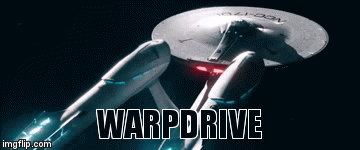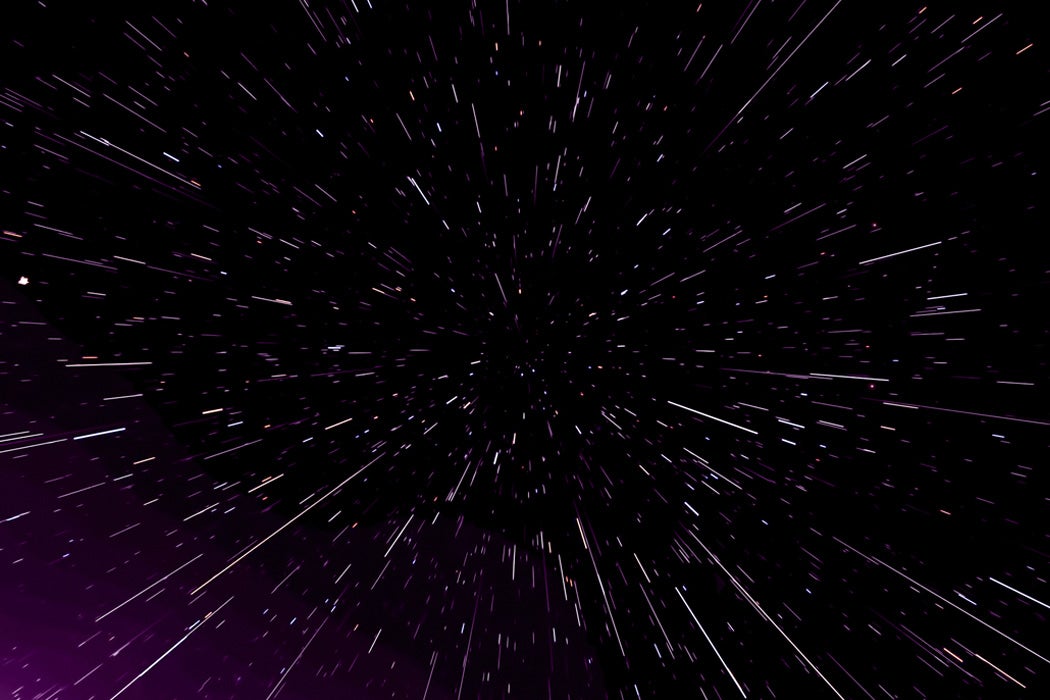
Summary: particles and radiation definitely enter the bubble and they definitely can enter the normal space near the ship. Similarly in the second case, the particle is ejected out theįront of the bubble with an increased velocity larger than the ship That of the critical velocity par- ticles for longer, thus gettingĬloser to the ship, before diverging and being ejected from theīubble. Initial velocity closer to the critical velocity, the path follows Positive velocity below the ship veloc- ity. Is ejected from the bubble back out the rear with a reduced but still Particle will in- teract with the front of the bubble first as theīubble catches up to the particle. That of the bubble and hence the particle will catch up to the bubbleįrom behind or the velocity is below that of the bubble and thus the

Velocity, there are two possibilities, either the velocity is above

The author breaks it down for bubbles moving faster and slower than the speed of light.įor particles with initial positive velocity lower than the critical The Alcubierre Warp Drive: On the Matter of Matter I tried to see if there was a popularization, or perhaps a talk given by the author that explains the graphs better. The rest of the article I really struggled with.

The popular press seized on the last paragraph where the author notes that particles overtaken by the bubble are swept along, accumulating energy and then are release when the bubble stops with an energetic radiant burst. There is a scholarly article on the issue of what happens to matter (and light) which is encountered by a moving bubble.


 0 kommentar(er)
0 kommentar(er)
